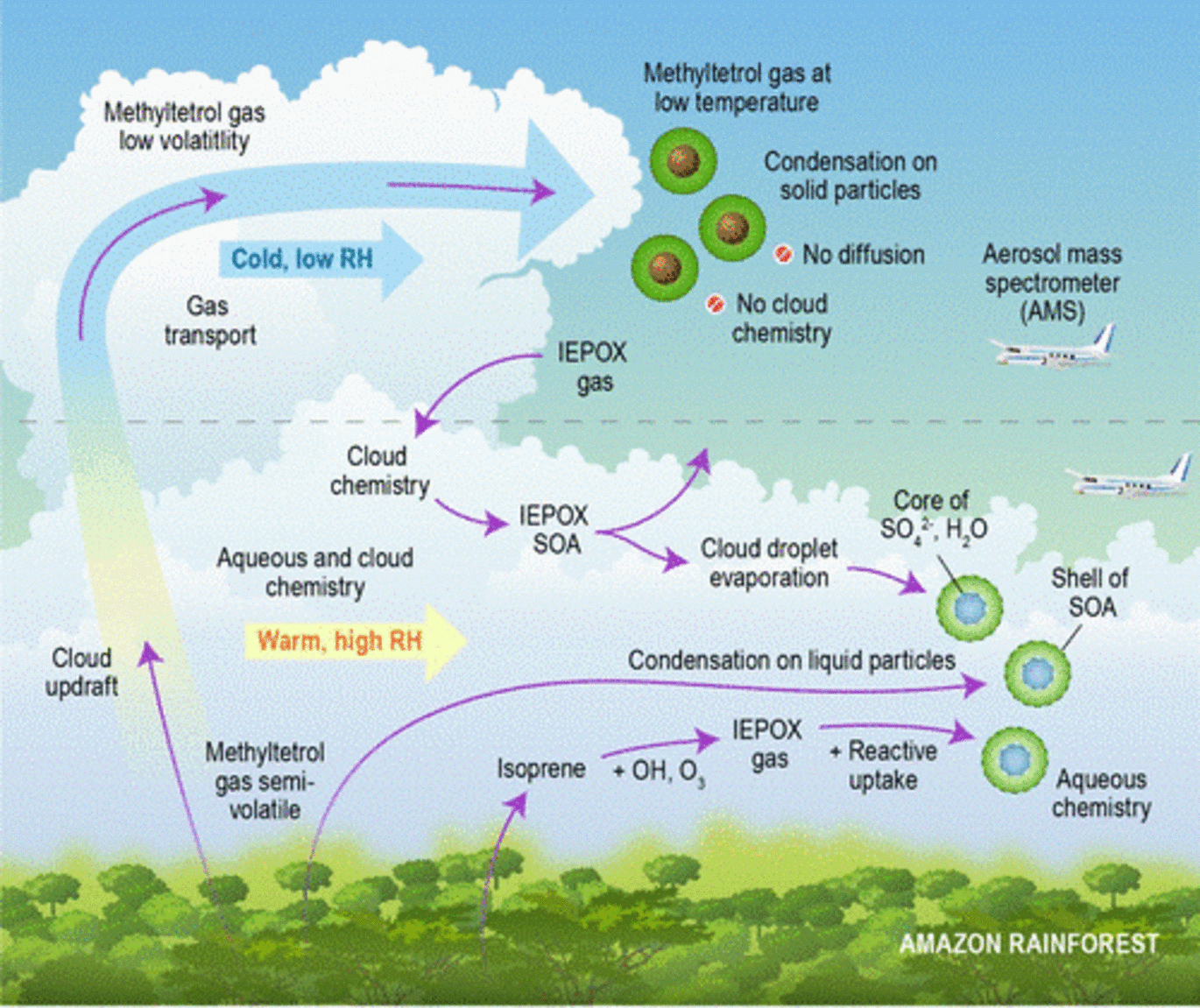C3 Seminar Series - Dr. Manish Shrivastava, PNNL, USA
Dr. Manish Shrivastava will present his work on isoprene epoxydiol (IEPOX) secondary organic aerosols, which are a major contributor to secondary organic aerosols over the US. In his research, he combines laboratory studies with aircraft measurement and modeling to study the diffusion and reaction kinetics of IEPOX in the particle phase.

Oplysninger om arrangementet
Tidspunkt
Sted
AUD VI
Arrangør
Manish is a senior scientist at Pacific Northwest National Laboratory (PNNL). His research focuses on aerosols, climate, and health. His talk has the title "Integrating single particle laboratory measurements, aircraft measurement and modeling of isoprene epoxydiol SOA (IEPOX-SOA) formation over the Amazon rainforest".
Isoprene is the nonmethane volatile organic compound (VOC) emitted in the largest amounts to the atmosphere, and it is a significant source of secondary organic aerosol (SOA) mass. The uptake of isoprene oxidation products followed by multiphase chemistry in fine particles is the key pathway to form isoprene epoxydiol-derived SOA (IEPOX-SOA). However, many parameters that relate to the diffusion and reaction of IEPOX in the particle phase remain uncertain since reaction kinetics previously measured in bulk aqueous-phase solutions might be different from atmospheric aerosols. We use simultaneous environmental chamber measurements of multiple parameters governing IEPOX-SOA formation at timescales of ∼hours: particle size distribution, composition, and volatility of IEPOX-SOA to constrain the key parameters governing IEPOX-SOA formation. In a related work, combining insights from laboratory measurements and unique high-altitude aircraft measurements and detailed regional model simulations, we show that in-plant biochemistry plays a central but previously unidentified role in fine particulate-forming processes and atmosphere–biosphere–climate interactions over the Amazon rainforest. We find that direct emissions of 2-methyltetrol gases formed by in-plant biochemical oxidation and/or oxidation of deposited IEPOX gases on the surfaces of soils and leaves and their transport by cloud updrafts followed by their condensation at low temperatures could explain over 90% of the IEPOX-SOA mass concentrations in the upper troposphere. Our results provide compelling evidence for new pathways related to land surface–aerosol–cloud interactions that have not been considered previously.
